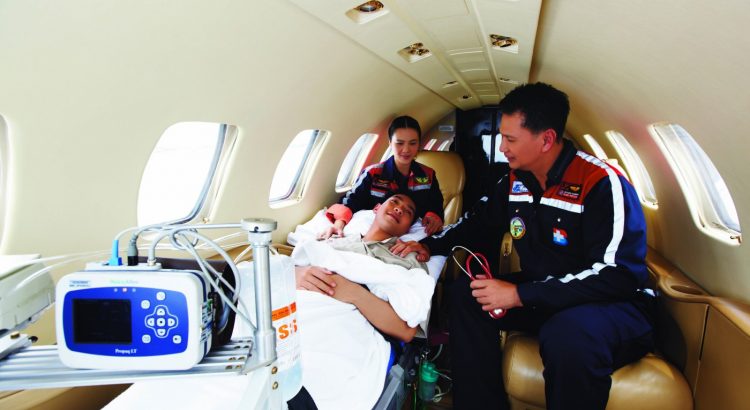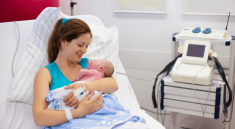The work of medical doctors who provide emergency life support on airplanes is indeed specialized in Thailand. Physicians graduate from an aviation medicine program or have been endorsed as aviation medical examiners. Doctors with this special designation also have received a certificate for basic life support and advanced cardiac life support. Therefore, they can multi-task care in critical situations and surroundings. They also have access to emergency visas so they can pick up or transfer patients.
Determining a Patient’s Fitness for Flight
One of the things doctors involved in air ambulance services in Thailand must do is determine the fitness of a patient to fly. Doctors who fly critically ill patients know that today’s aircraft is not pressurized at sea level. Therefore, the barometric pressure and part of the alveolar oxygen (PaO2) is reduced. At times during flights, although not for long durations, the oxygen saturation levels drop to about 90%. While a healthy person can tolerate this impact, a person suffering from respiratory or cardiac difficulties may not.
A Lower Level of Moisture
Moreover, aircraft cabins feature low humidity. With less moisture, the skin and mucous membranes will get drier. All these considerations must be addressed when people are transferred by plane. If a person has a heart condition, specific equipment must be used to take care of the patient’s needs.
When assessing a patient’s fitness to fly, the doctor must consider if the person should be considered a minimal risk, low risk, moderate risk, or high risk. For example, a person who suffers from respiratory distress at rest should be provided oxygen. The ability to travel may be questioned if a patient has an uncertain medical condition, a recent sickness, or recent injury, surgery, or hospitalization.
Advanced Onboard Medical Equipment
That is why planes must be equipped with the latest equipment and oxygen onboard the aircraft. By understanding the dynamics of air travel and how pressure in the cabin affects medical outcomes, emergency aviation doctors can assist with and determine a patient’s overall care needs.
A professional medical flight team can respond to emergencies using a high standard of care and offer safe and reliable medical services onboard and on the ground. Planes and medical crews in these venues are equipped with all the required instruments and can therefore closely monitor patients. All medical team members hold aviation escort backgrounds. A variety of alternatives are offered for medical transfers with a rapid response time emphasized for medical emergencies.
Reviewing a Patient’s Needs and Flight Fitness
Overall, the main factors used to consider a patient’s fitness for flying include the following:
- An acute medical condition, existing medical conditions, or recent operation, hospitalization, or accident in Thailand
- Progression of a condition or instability of an existing condition
- The patient’s ability to sit upright or if stretcher transport is needed
- The medical equipment onboard
Taking care of a patient’s health is made a priority on medical transfer flights. Both local and international transfers of this caliber provide patients with the best of health care services in Thailand.




